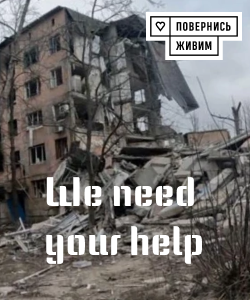The White House Responds to Putin’s “Ceasefire”: Trump Aims for a Sustainable End to the Fighting
In response to recent statements from the Russian leadership regarding the announcement of another "ceasefire" amid Victory Day celebrations, Washington shared its position on the situation surrounding the Russia-Ukraine conflict. Specifically, White House spokesperson Caroline Leavitt emphasized that U.S. President Donald Trump continues to support the idea of a permanent cessation of hostilities and is committed to a negotiated resolution of the conflict. On April 28th, Monday, Leavitt told reporters that, in answer to questions about Trump’s recent meeting with Ukrainian President Volodymyr Zelenskyy, the President is increasingly disappointed with the leaders of both countries. She stressed, however, that the primary goal at this point is to establish a stable and long-term ceasefire. She explained that Trump has clearly expressed his desire to stop the bloodshed, save civilian lives, reduce destruction, and remove this conflict from the agenda. Specifically, Leavitt highlighted that Washington views the Kremlin’s proposal for a temporary "ceasefire," made ahead of Victory Day celebrations, as "a step in the right direction but insufficient for a final resolution of the conflict." She assured that Trump insists that without a permanent and guaranteed ceasefire, along with long-term agreements from both sides, genuine peace cannot be achieved. According to her, the current U.S. leadership’s position is a call for both leaders to sit at the negotiating table to find a compromise path out of the crisis. According to information released by the White House, on April 28th, Vladimir Putin announced the start of another "ceasefire" in the war with Ukraine. This agreement is set to take effect from midnight on May 8 until midnight on May 11 and, according to the Russian leader, is timed to coincide with Victory Day celebrations. At the same time, this "frozen" halt of military actions has caused surprise and cautious skepticism among Ukrainian and Western politicians. Ukrainian President Zelenskyy already noted that his meeting with Trump during the visit to Rome, held on Sunday, April 28, could become a historic event for Ukrainian diplomacy and the world at large. According to the Ukrainian leader, such meetings hold great potential for finding ways to peace and restoring sovereignty. American officials, for their part, emphasized the importance of supporting Ukraine in its fight against Russian aggression. Notably, after meeting with Zelenskyy at the Vatican, Trump did not hide his criticism of recent Russian strikes on civilian targets in Ukrainian cities and stated, "I have doubts about Moscow’s sincere intentions to end the war." He also threatened Moscow with new sanctions if Russia continues provocations and further ignores the international community’s calls to cease acts of violence. In Washington, there is a confident belief that resolving the conflict is only possible through honest and sustained negotiations, and that the aggressor country must take responsibility for returning to peace. Thus, the White House and the United States overall demonstrate a strategic stance aimed at influencing the situation, reducing tensions, and encouraging dialogue between the parties. Despite the announcement of a temporary "ceasefire," Moscow and Kyiv remain in a state of anticipation for real steps that could lead to the long-awaited peace—peace based on justice and security for the Ukrainian people and the region as a whole.

